|
| |
Career
| |
|
General Information about Career
I came to California in 1980. For the first two weeks I was
homeless and lived in my car. Ten years later I was flying around the
world delivering speeches on distributed database and publishing articles on
distributed computing. My career was a meteoric rise.
I graduated in 1983 with a degree in Philosophy from U.C. Berkeley.
I had never taken a computer science course, didn't know how to program, but
knew I was interested in computers (in machines that can mimic human mental
operations). I found my first computing job through the newspaper.
I entered Kontron Electronics as an Inside Sales Engineer filling out sales
contracts. But I quickly taught myself computing. I read Adam
Osborn's book on Microcomputers (microcomputer architecture and operation).
I learned enough C and UNIX at work to be promoted to UNIX Microprocessor
Development System Product Marketing Engineer. I worked 80 hours a
week: 40 hours doing my job and 40 hours teaching myself computing.
My entire computing career, including publishing many technical articles,
was done with nothing but an undergraduate degree in Philosophy and
self-teaching. Please read the short blurbs on each job to follow my
meteoric rise in the world of computing and Silicon Valley. |
|
Kontron
Electronics
UNIX Microprocessor Development Systems Product
Marketing Engineer
Came on board as inside sales engineer and then was
quickly promoted to UNIX Microprocessor Development Systems Product
Marketing Engineer. Also managed logic analyzers and in-circuit emulators.
We built the computer systems that build computer systems: CAD/CAE, hardware
development with logic analyzers, software development with cross assemblers
for embedded applications, in-circuit emulators for embedded systems
debugging along with host systems like UNIX and PC for software development
and control. Was responsible for defining the next generation of product and
all aspects of sales and marketing of these instruments.
Recommendations:
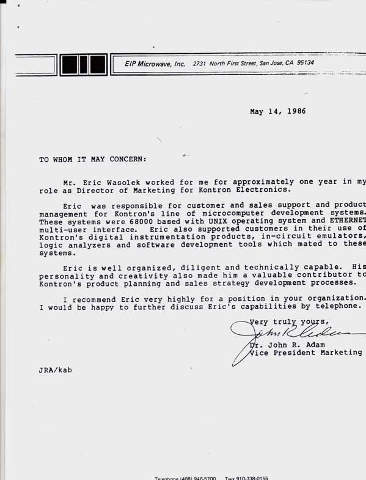
Click on Adams Recommendation. |
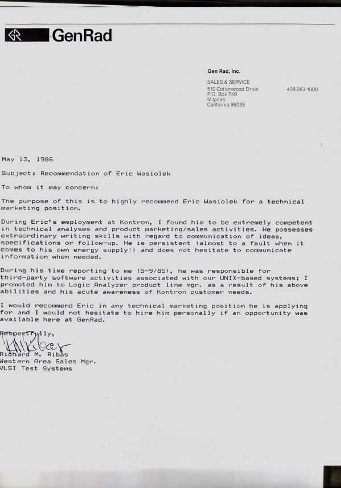
Click on Ribas Recommendation. |
|
|
|
Informix Software
Systems Engineer
Worked as a systems engineer on relational database
products including software development tools such as C-ISAM, an indexed
record handler, ESQL/C (embedded SQL for C) and 4GLs (Fourth Generation
Languages). Worked with OEMs on ports of our relational database products
onto various implementations of UNIX. Worked with our TURBO product which
bypassed the UNIX file system and did raw i/o for exceptional speed. Worked
with Tandem on a failsafe database machine. Co-authored an article on
Informix Programming Tools.
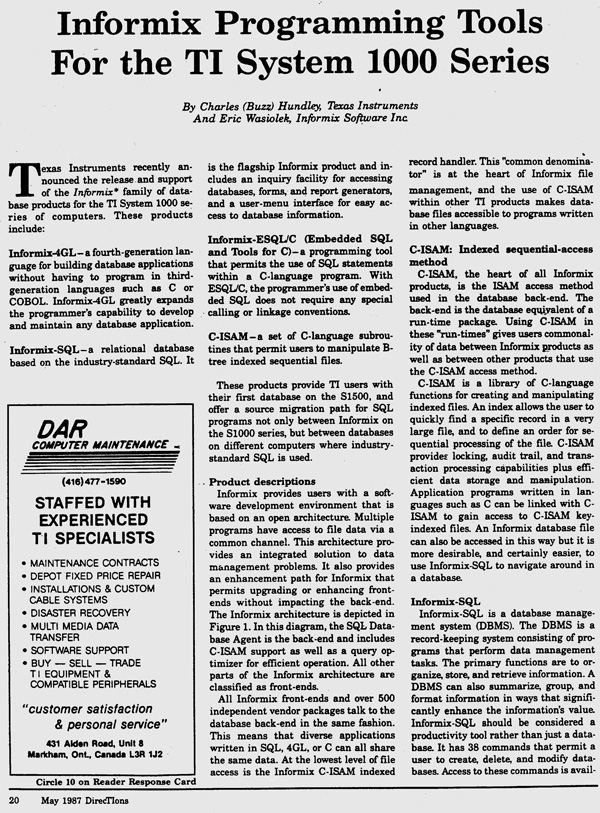
Click on Informix Article |
|
|
|
|
Excelan
Unix Networking Product Manager
Managed the UNIX products for a ethernet and TCP/IP
networking vendor interconnecting for the first time dissimilar computer
systems from PCs, MACs, VAXes, and UNIX systems. Ran a product development
and release team through product launch. Managed the joint development
effort with the Santa Cruz Operation. We were pioneers in the Internet
revolution. Wrote numerous articles on distributed computing (click on
images below to read articles). Traveled to India at this time (see video
below). Excelan was an Indian owned company (owned by Kanwal Rheki).
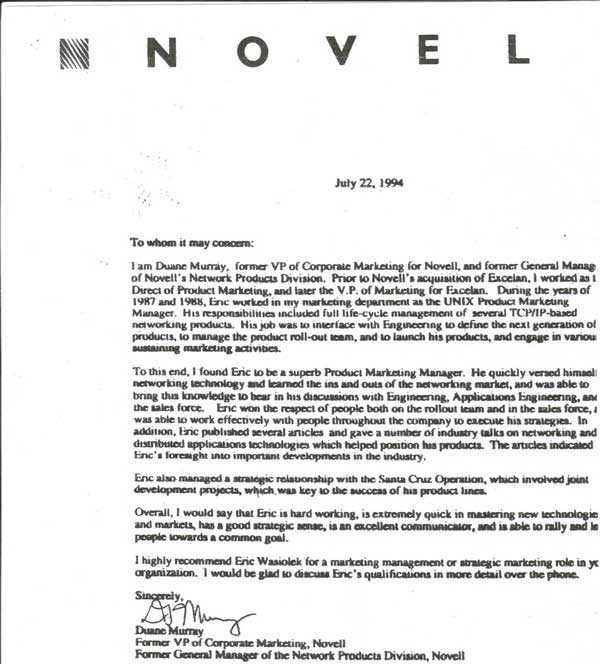
Click Murray Recommendation |
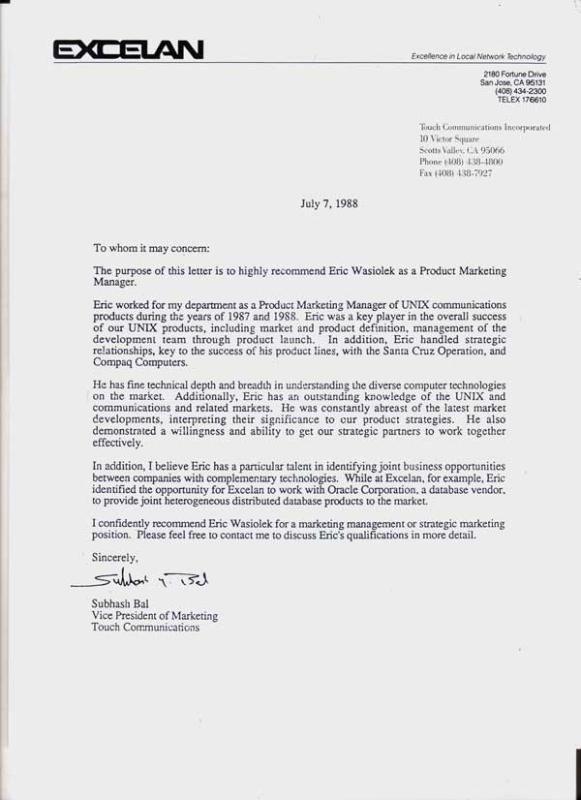
Click Bal Recommendation |
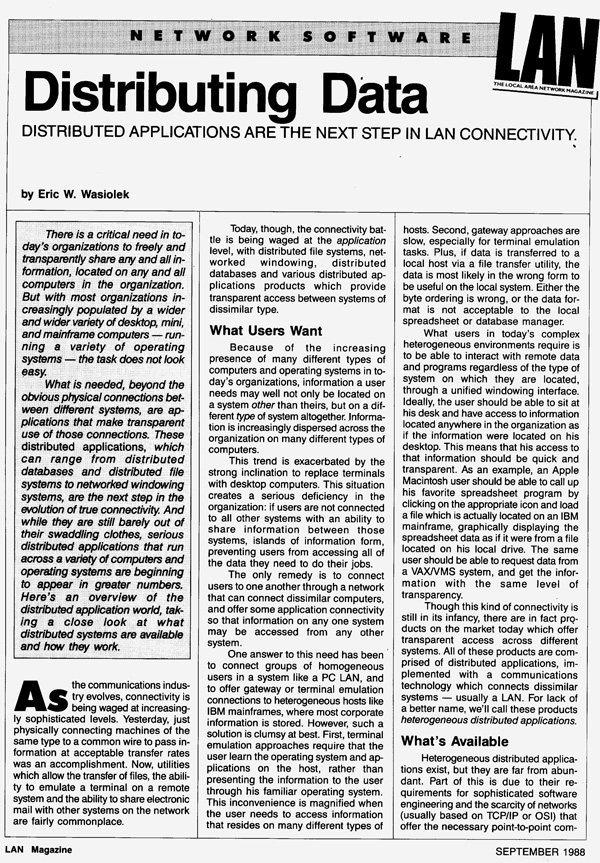
Click on Image to Read Article |
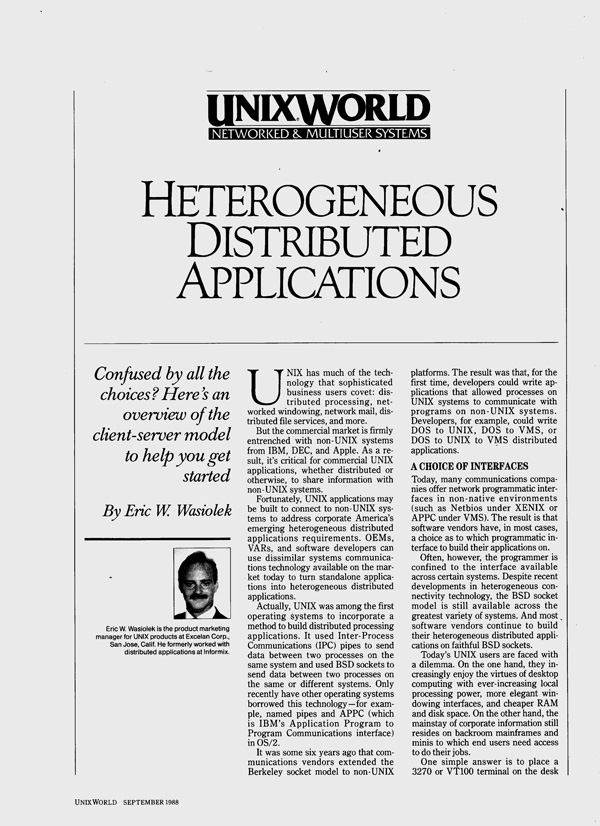
Click on Image to Read Article |
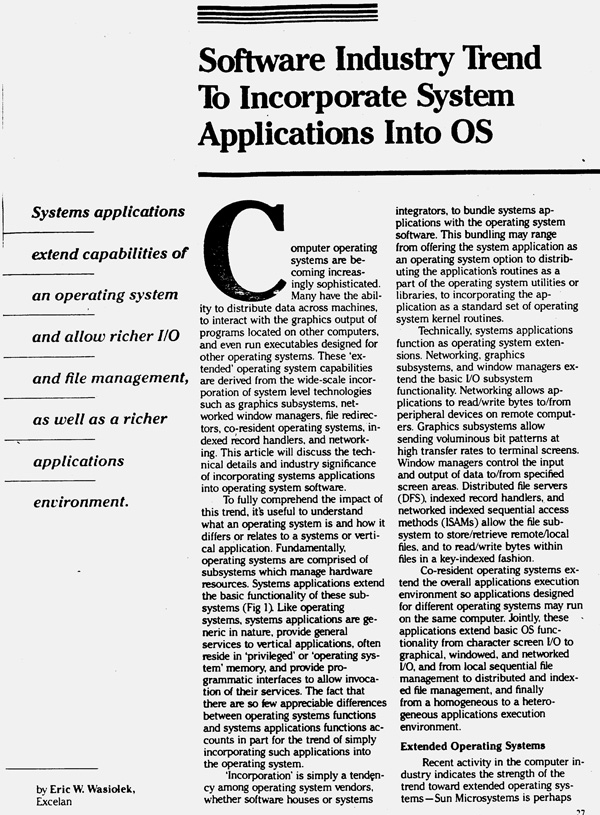
Click on Image to Read Article |
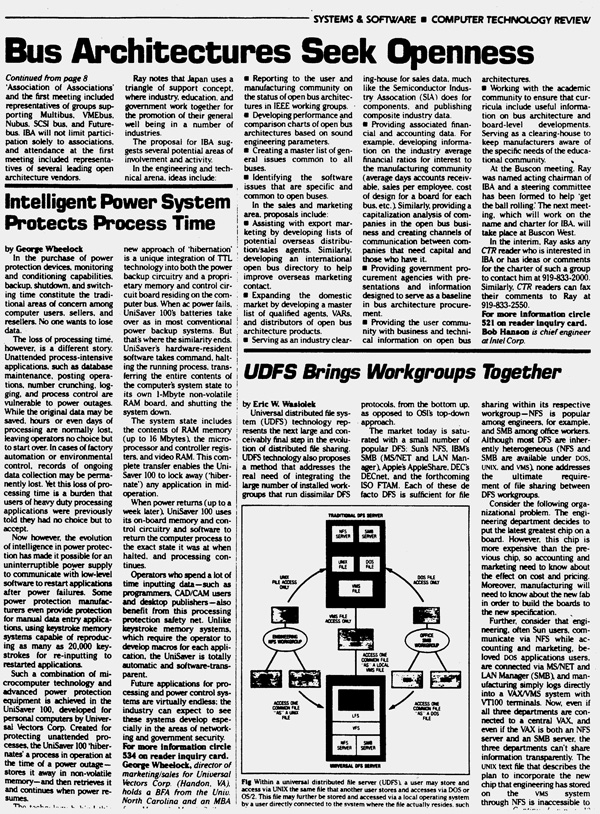
Click on Image to Read Article |
|
|
Ingres
Manager of Distributed Ingres Product
Marketing
Managed three product lines: the STAR distributed
database, database gateways (in 1988 and 1989), and Ingres-Net networking
products for a database company. My product was voted as best product of the
year by Digital magazine in 1990. Was responsible for working with
engineering to define the next generation of product and teaching sales to
sell against the competition. Was responsible for all press and analyst
operations, starting a revolution in distributed database in the press.
Spoke at industry conferences nation and worldwide about distributed
database technology. Wrote an article on database gateways in UNIX Review
magazine (1989). Became qualified for this job due to my background in both
networking and database (distributed database is a networked database) and
through writing numerous articles on heterogeneous distributed computing.
Business trips to England, France, Sweden, and Australia. Personal trips to
France, Italy and Australia/New Zealand (see videos) at this time. See
videos below on distributed database talks.
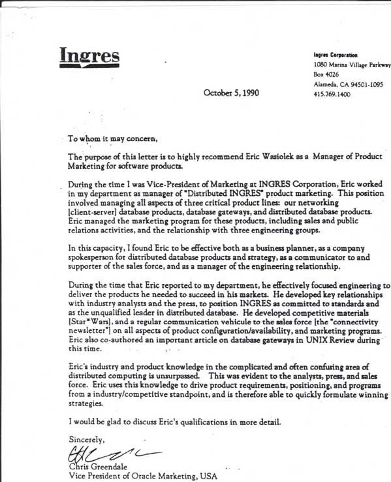
Click on Greendale Recommendation |
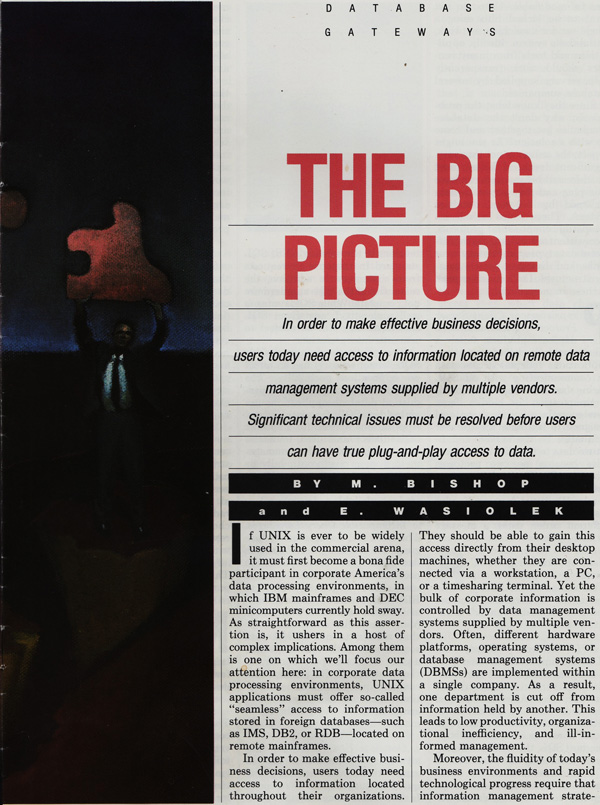
Click on Image to Read Article |
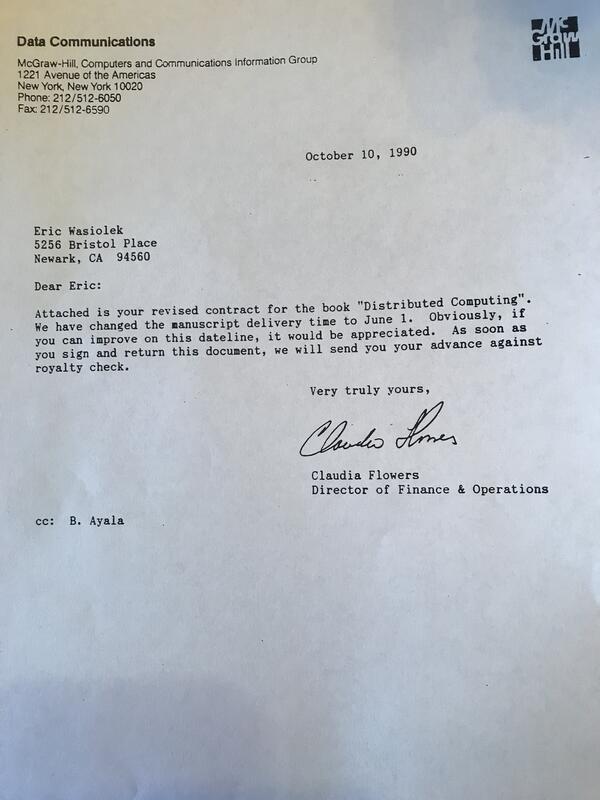
Click on Image to See Book Contract |
| To be added: Eric Wasiolek Press Clippings |
Click on the Link Below to see a Talk Given by Eric
Wasiolek on Distributed Database Competition
Heterogeneous Distributed Database Competition |
Click on the Link Below to see a Distributed
Database Talk by Eric Wasiolek
Distributed Database Talk |
|
|
Oracle
Relational and Distributed Database
Technology Manager and Product Marketing Manager
Worked in the UNIX Division. Started in Marketing
Programs, running Trade Shows, the Seminar Program, and Technical
Conferences. Uniforum was widely seen as the best trade show ever executed
under my watch. Spoke nation wide on how to get mainframe computers to
coexist with UNIX systems. Switched later to the Technology group where I
developed the Systems Management Strategy and worked on the Glass House
strategy for VLDB UNIX Mainframe type systems. Finally worked in Product
Marketing Management: Job involved defining the next generation of product
with Engineering and teaching Sales and distribution channels to sell the
product. Spoke to press and analysts on our distributed and database gateway
strategy. International trips at this time: France, Bali, and Tahiti.

Click Koenig Recommendation |
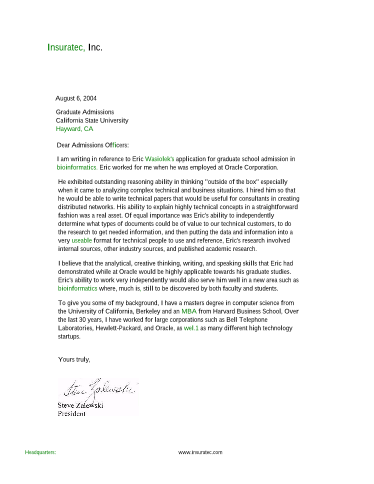
Click on Zalewski Recommendation |
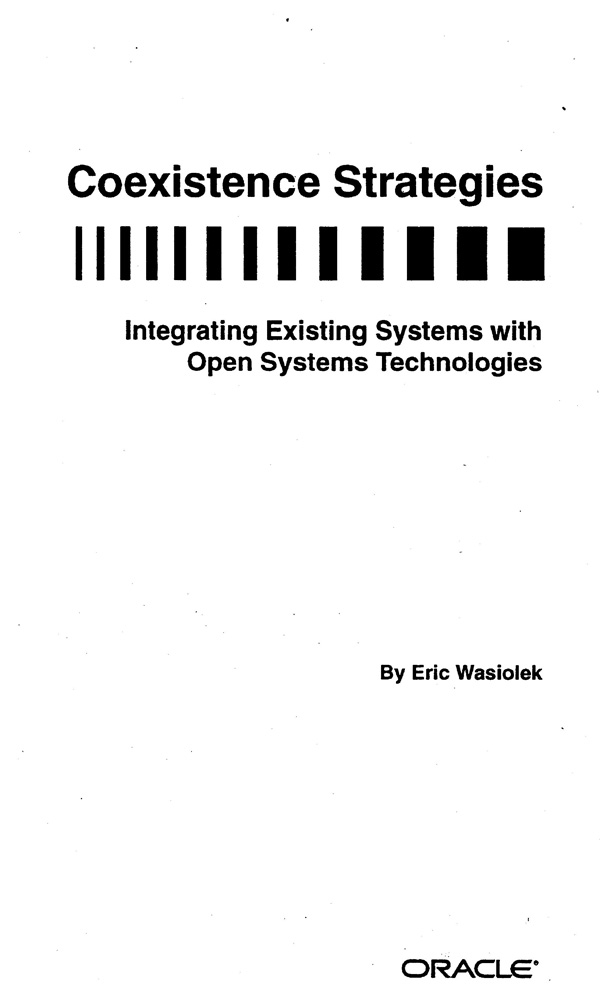
Click on White Paper |
|
|
ECS
Technical Market Analyst and Contractor
Worked in Open Systems and Open Database throughout my
career publishing articles on heterogeneous distributed computing and
revolutionizing distributed database technology. Created a sole
proprietorship in 1991 named Enterprise Computing Systems (ECS). Worked as a
technical market analyst. Worked for Wollongong as the HTML Server
Product Manager. Wollongong created one of the first browsers and
HTML servers for the internet. Worked on contract for Sybase in
Product Marketing Management. I was the Sybase Server Relational
Database Product Marketing Manager. Did web development for Stem Cell
Action. After this point returned to academia to
pursue and complete a doctorate in computer science, MBA, and Master of
Science in Computational Biology. International travel at this time:
Kenya, Tanzania, Zanzibar, Holland, Thailand, China, Burma, Germany,
Austria, Hungary, Czech Republic, Poland, Russia, Philippines, Turkey,
Greece, Costa Rica, Belize, Panama. 2005 to Present: Peru, Bolivia,
Botswana, Namibia, Zimbabwe, Argentina, Chile, Norway, Sweden, Denmark,
Finland, Greenland, Iceland, Egypt, and others while pursuing advanced
degrees. See World Travel Videos.
Master of Science in Computational
Biology
(Master Thesis at Stanford) - 2005 to 2008
Relevance to Career: In the Master of
Science in Computational Biology I increased my programming skills by
taking many computer science courses where almost all assignments were
programming assignments and for my Master's Thesis at Stanford I wrote
seventeen programs to simulate the development of the nervous system of
a worm (a model organism called C Elegans). Notably I created a
neural network by computationally representing the nervous system as a
graph, note that the current generation of AI heavily uses artificial neural
networks (ANNs).
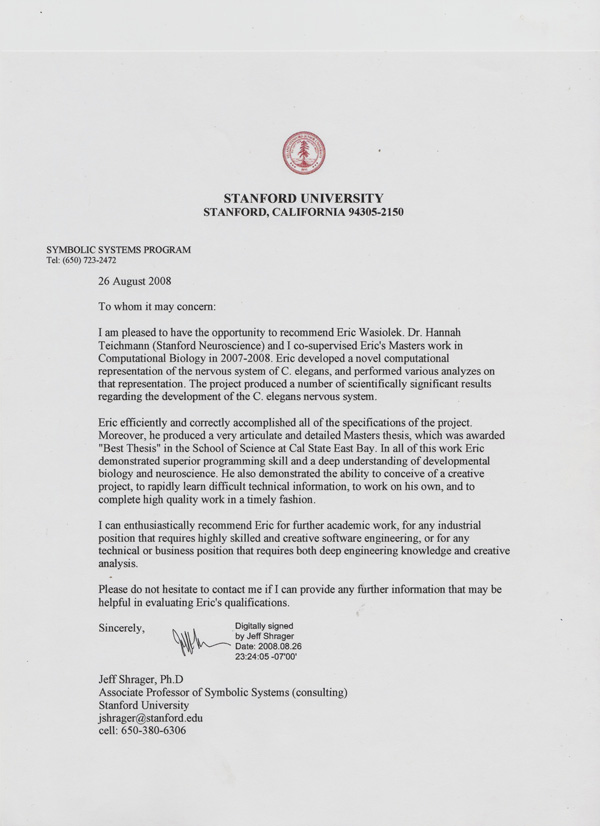
Click on Stanford Recommendation |
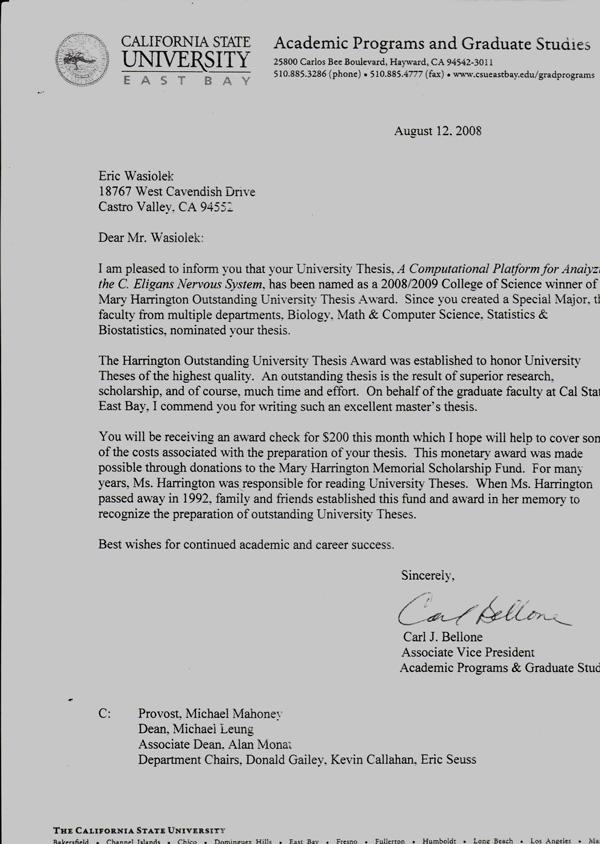
Click to see Thesis Award |
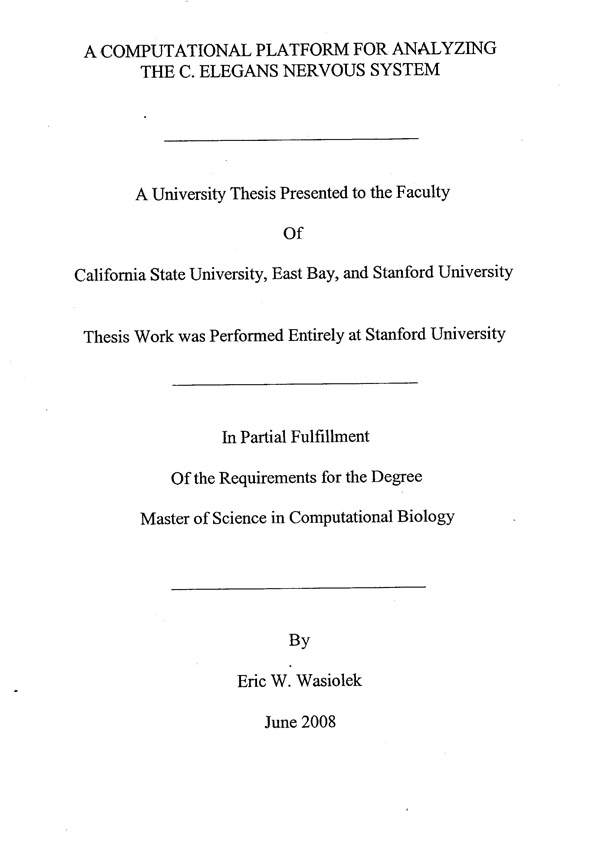
Click to read Masters Thesis |
MBA - Cal State East Bay -
2008 to 2011
Relevance to Career: As in my career I
worked as a technical marketing manager, part of my job required business
skills. Since I had no computer science degree or business degree as I
was working as a Product Marketing Manager, I had to learn the business
skills myself. The MBA enhanced my business skills.
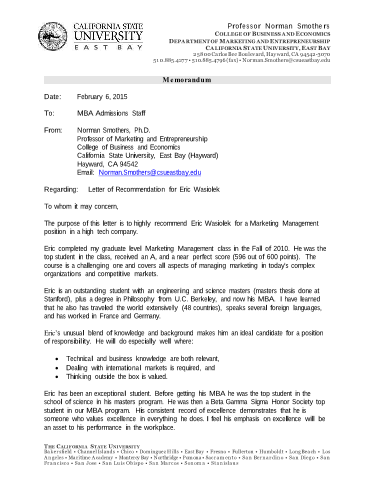
Click Above to Read Recommendation |
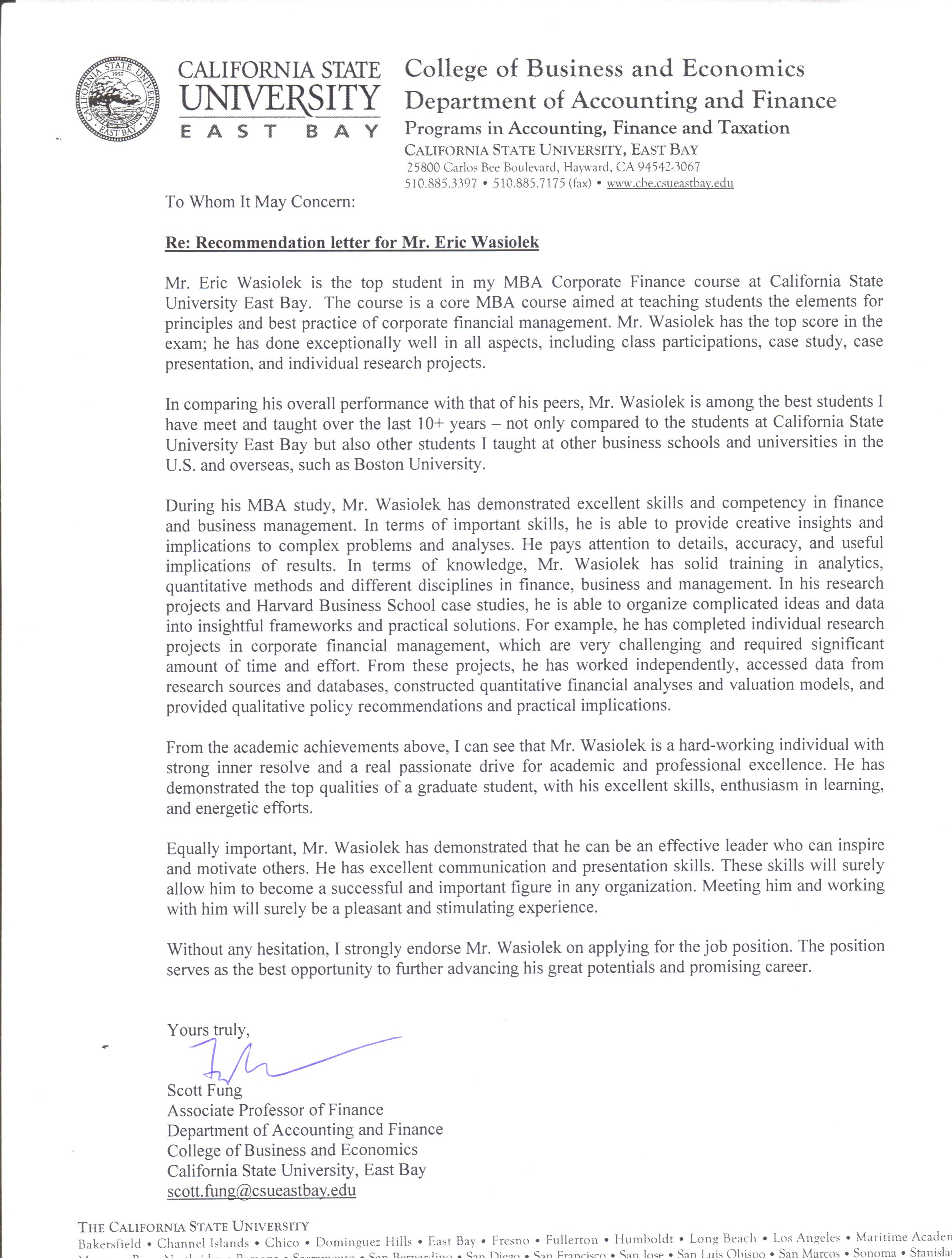
Click Above to Read Recommendation |
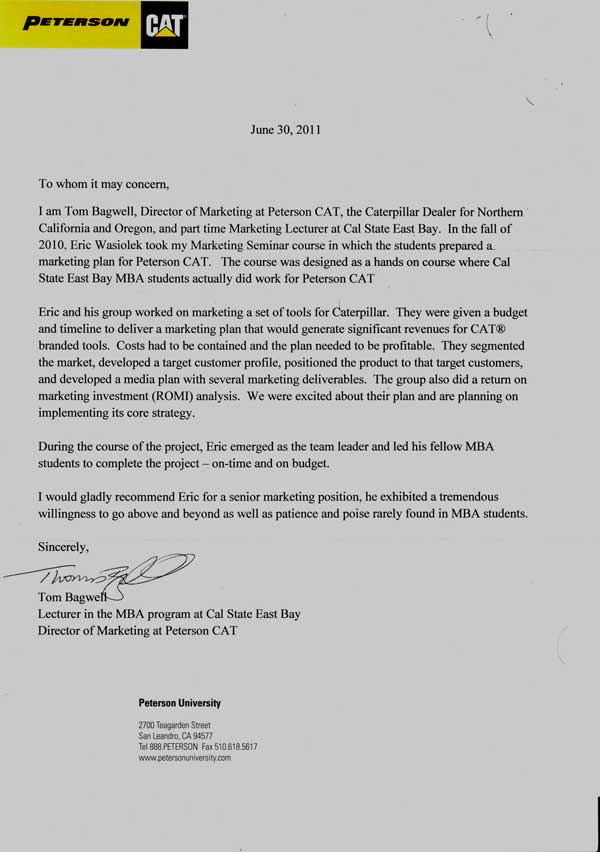
Click Above to Read Recommedation |
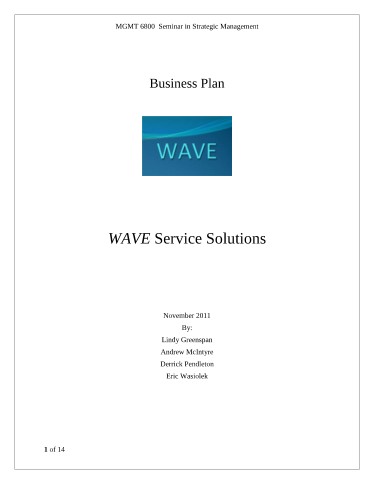
Click Above to Read Business Plan |
|
|
|
|
Doctorate in Computer Science
Colorado Technical University
June 2015 - June 2018
Relevance to Career: An advanced
degree in computer science deepened my knowledge of programming, distributed
systems from an engineering point of view, and prepared me for AI by
studying big data systems and machine learning. I have completed a
doctorate in computer science at Colorado Technical University with a 4.0
GPA. The program consisted of 96 credits in computer science and an original
dissertation. The dissertation is on bioinformatics algorithms and is
entitled "Exploring Improvements in Pattern Recognition, Machine
Learning, and Next Generation Sequencer Algorithms Needed to Analyze
Big Genomic Data Sets." The topic combines my background and
degree in computational biology with a background in programming and
computer science. Although my career was initially in Systems Engineering
but primarily in Product Management and Product Marketing, I have switched
my trajectory towards teaching computer science.
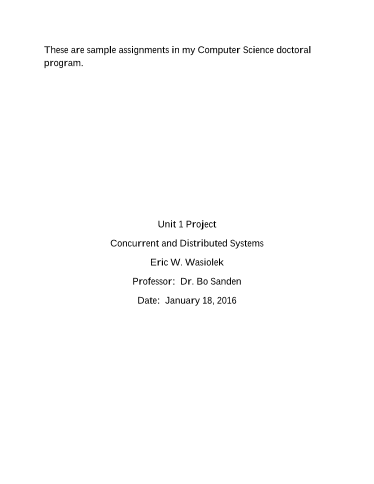
Click to View Computer Assignments |
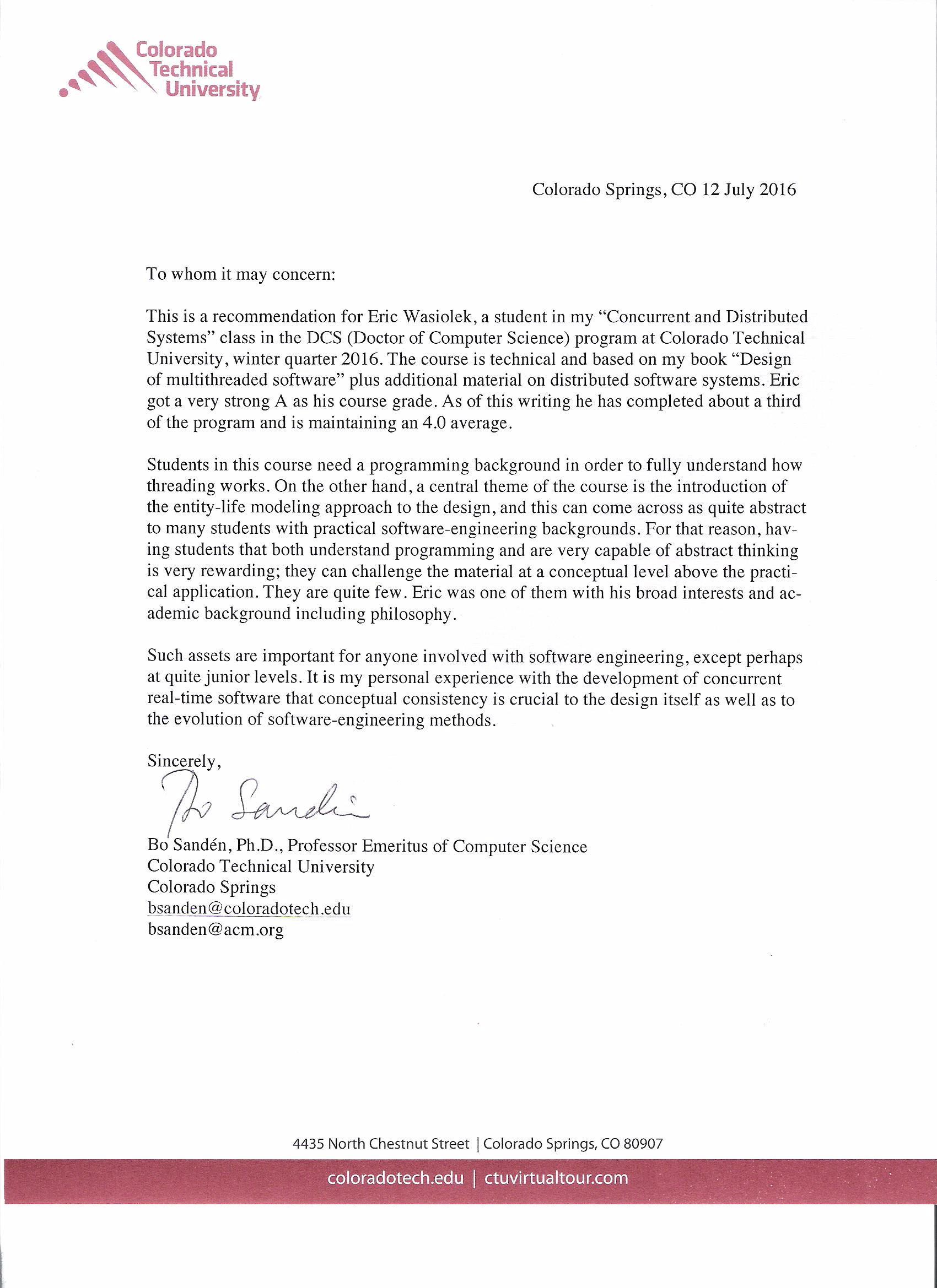
Click to View Recommendation |
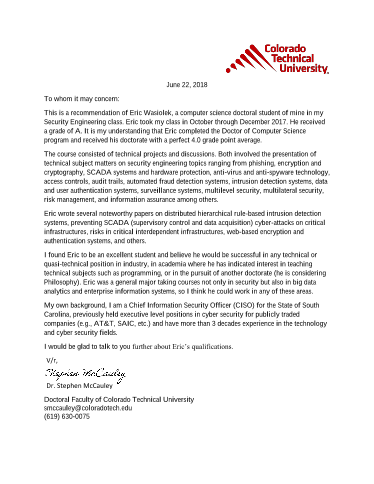
Click to View Recommendation |
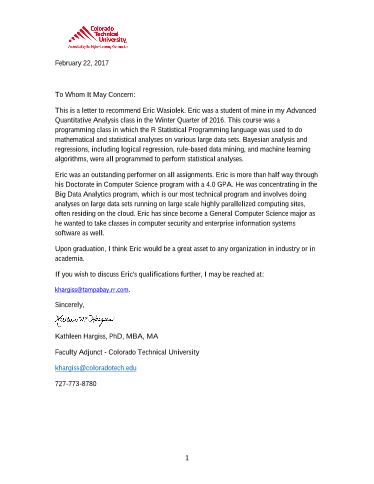
Click to View Recommendation |
|
|
|
|
AI Researcher
(Part Time - Retired)
Currently largely retired but attending AI conferences and working on AI
research. Continue to leverage my doctoral work in machine
learning, big data, and my masters work in computational neural
networks to do AI-based Python programming and training of large data
sets through neural networks to identify patterns in data (such as object
recognition in visual fields), and to do generative AI such as automated
text generation (ala ChatGPT). I also did graduate work in Markov
Chains and Stochastic Processes which are related to the next word
probability of automated text generation. The challenge has been
learning Python programming (I am a C/C++ programmer). Loading and
preparing large data sets, training data, and performing predictions on that
data as well as generative AI programs are all done now primarily in Python.
The AI Development Libraries such as TensorFlow, Keras, Torch, SciKit,
Hugging Face, and Kubernetes are all primarily Python Libraries.
|
| |
| |
|